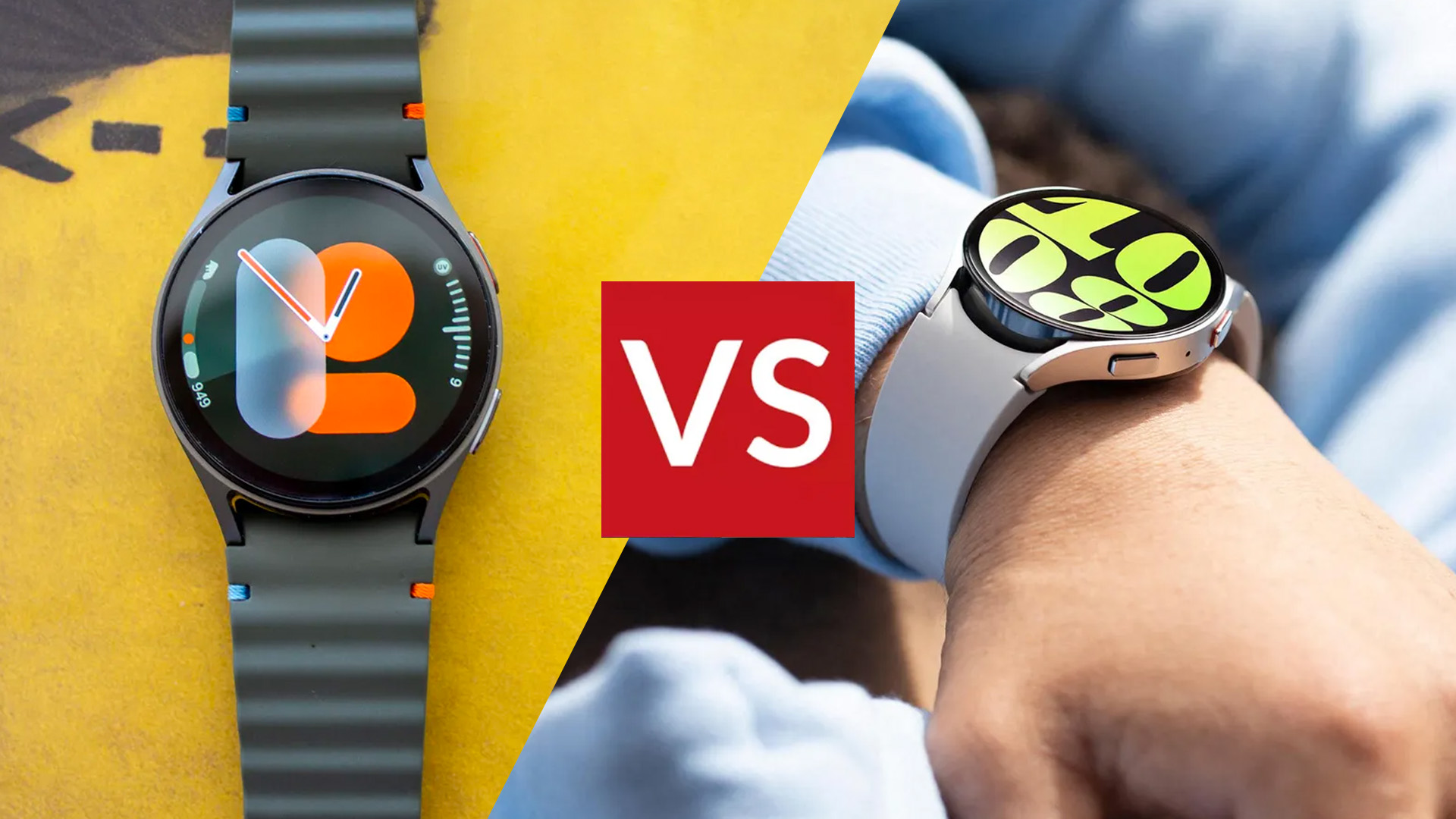
Samsung updated its smartwatch portfolio in mid-July with the Galaxy Watch 7 and the Galaxy Watch Ultra. The eagle-eyed among you who have been following the company's smartwatch portfolio over the last couple of years will notice an omission in the 2024 lineup – there's no replacement for the Watch 6 Classic.
It's not all bad news for the fans of the rotating bezel in that Samsung is still selling the Galaxy Watch 6 Classic alongside the Galaxy Watch 7 and Galaxy Watch Ultra, but the standard Galaxy Watch 6 has been superseded by the Galaxy Watch 7.
With identical designs, it would be fair to be asking what's changed and how the Galaxy Watch 7 compares to the Galaxy Watch 6 in terms of features. Well, let us do the honours in explaining.
Samsung Galaxy Watch 7 vs Galaxy Watch 6
Price and availability
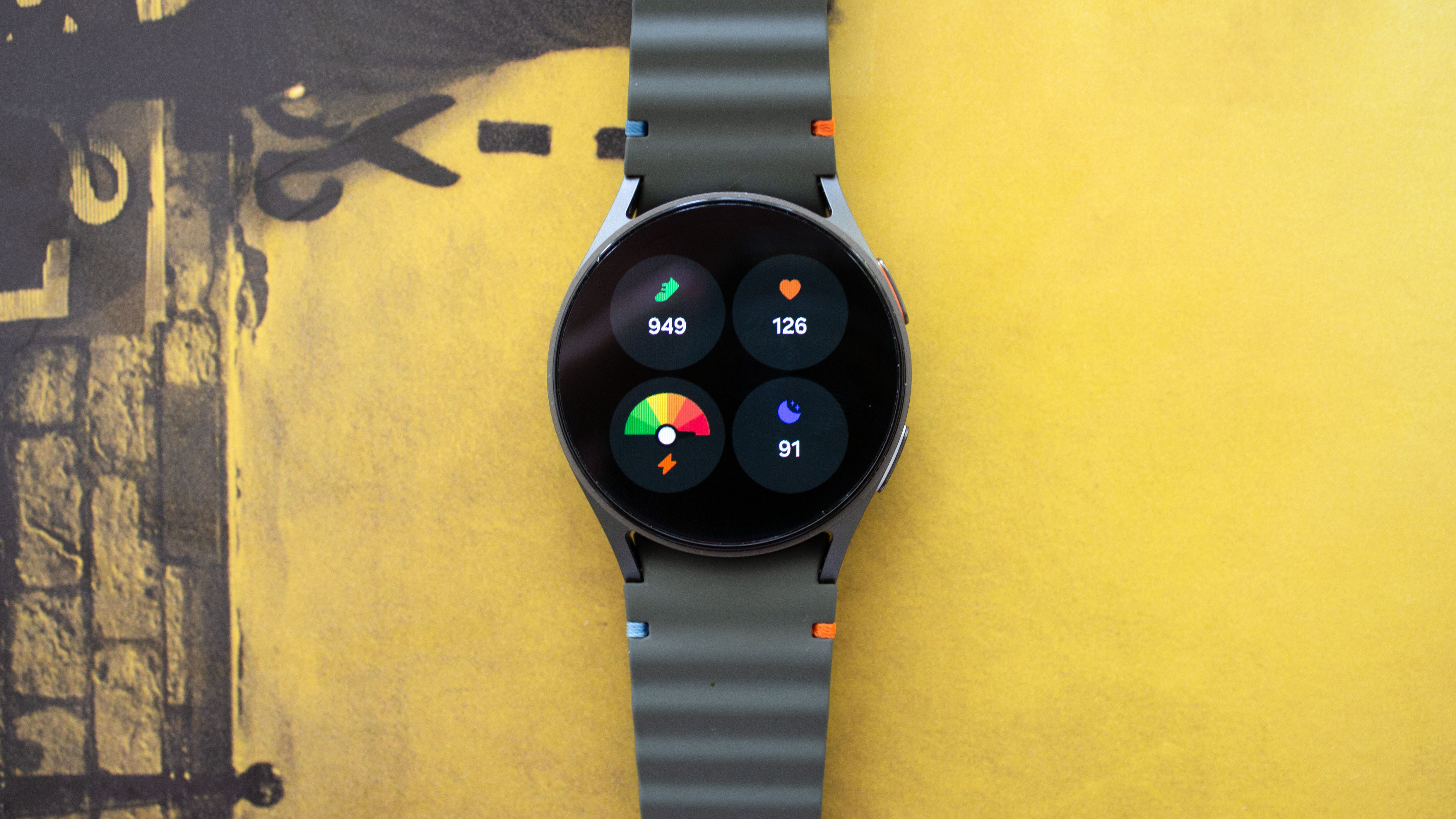
The Samsung Galaxy Watch 7 starts at £289 / $299 / A$549, which is exactly the same price as the Galaxy Watch 6 when it launched in 2023. Of course, that is just the starting price; however, the price changes depending on the model you choose, the connectivity you select, and the strap you opt for. You can buy the Galaxy Watch 7 on Samsung UK, Samsung US, and Samsung AU.
The Galaxy Watch 6 is no longer available through Samsung itself, though you might find it at other retailers if you hunt around a little.
The Galaxy Watch 7 has two size options: 40mm and 44mm cases, the same as those offered for the Galaxy Watch 6. It also comes in Bluetooth and Bluetooth + 4G, again, the same as the Galaxy Watch 6.
However, colour and strap options vary between the two models. The Galaxy Watch 7 comes in Green and Silver, compared to the Graphite and Gold options of the Galaxy Watch 6. The strap options are also different. The Galaxy Watch 7 offers four strap options, including a new ribbed Sport Band, while the Galaxy Watch 6 comes with seven strap options, including a smooth Sport Band and Extreme Sport Band.
Winner: The Samsung Galaxy Watch 7 is the more widely available watch.
Specifications
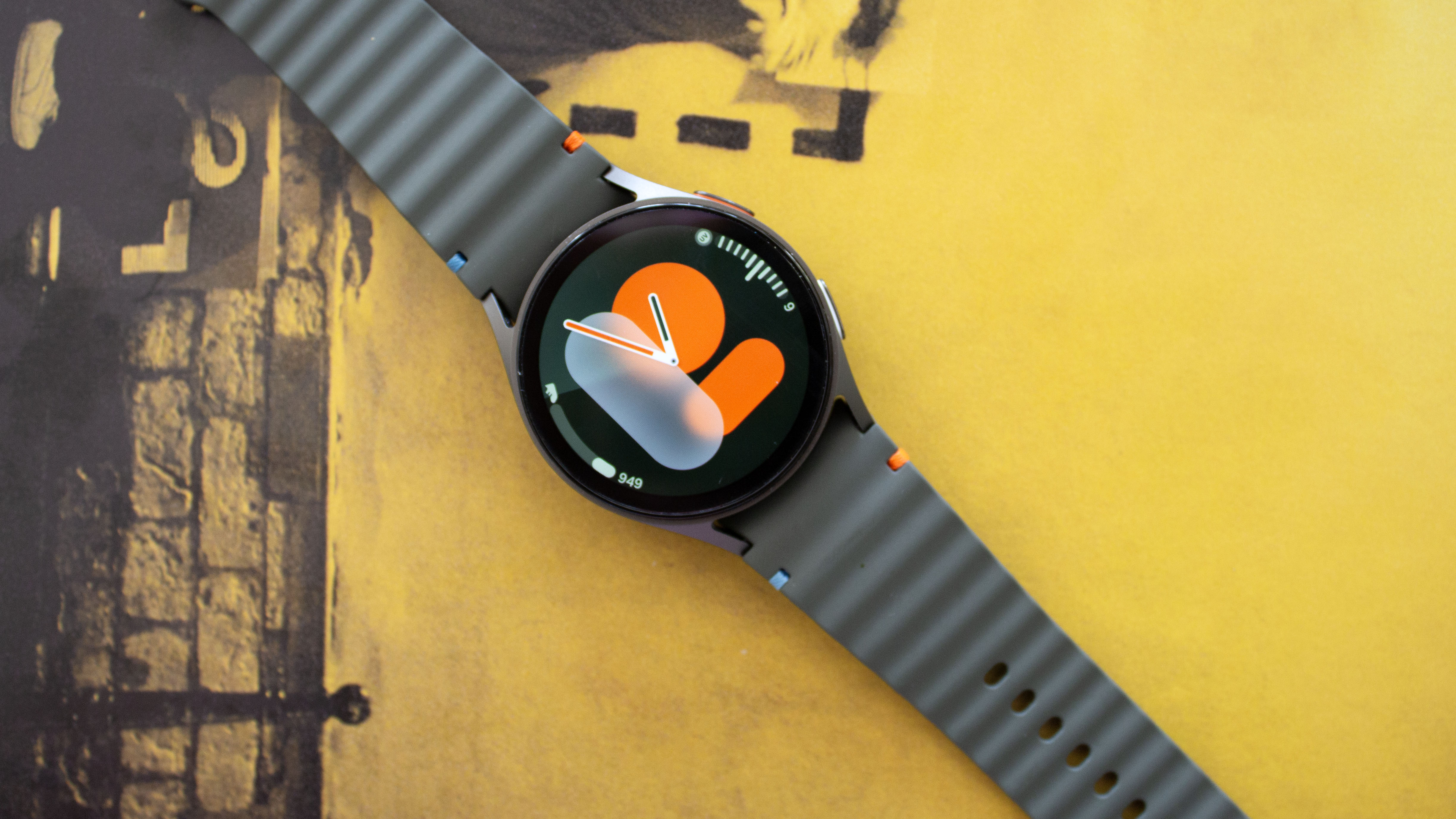
Winner: The Samsung Galaxy Watch 7 offers better specs on paper.
Design and build quality
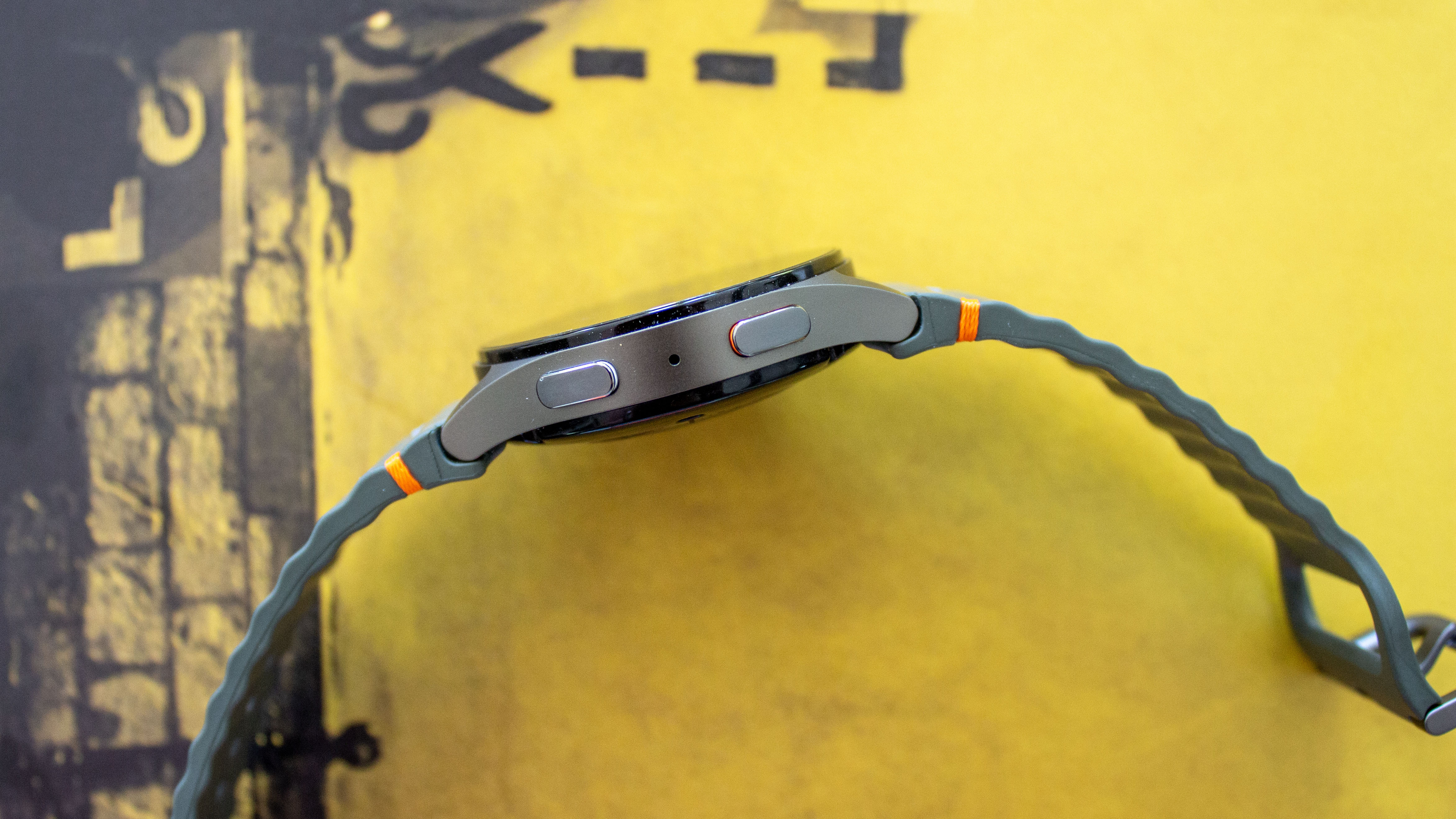
The Samsung Galaxy Watch 7 and Galaxy Watch 6 are pretty much identical in design—it's under the hood that things change a little for the latest generation. Both feature lightweight aluminium casings with premium build qualities, which results in lovely and comfortable smartwatches.
There's a slight difference in the casing dimensions between the Galaxy Watch 7 and the Galaxy Watch 6, but it is marginal. So you can see quite how minor it is: the Watch 7 40mm model measures 40.4 x 40.4 x 9.7mm compared to the Watch 6 40mm, which measures 40.4 x 38.8 x 9mm.
The weight is also slightly different: 28.9g for the Watch 7 40mm model compared to 28.7g for the Watch 6 40mm model. However, you are talking about very small fractions, so neither the casing dimensions nor the weight difference is something you’d notice when on.
Both have a Super AMOLED display on top, and there’s a "floating" design that raises the display slightly above the casing itself. That helps reduce scratches if you knock either of the smartwatches, while an easy-to-use interface makes both watches quick and simple to operate.
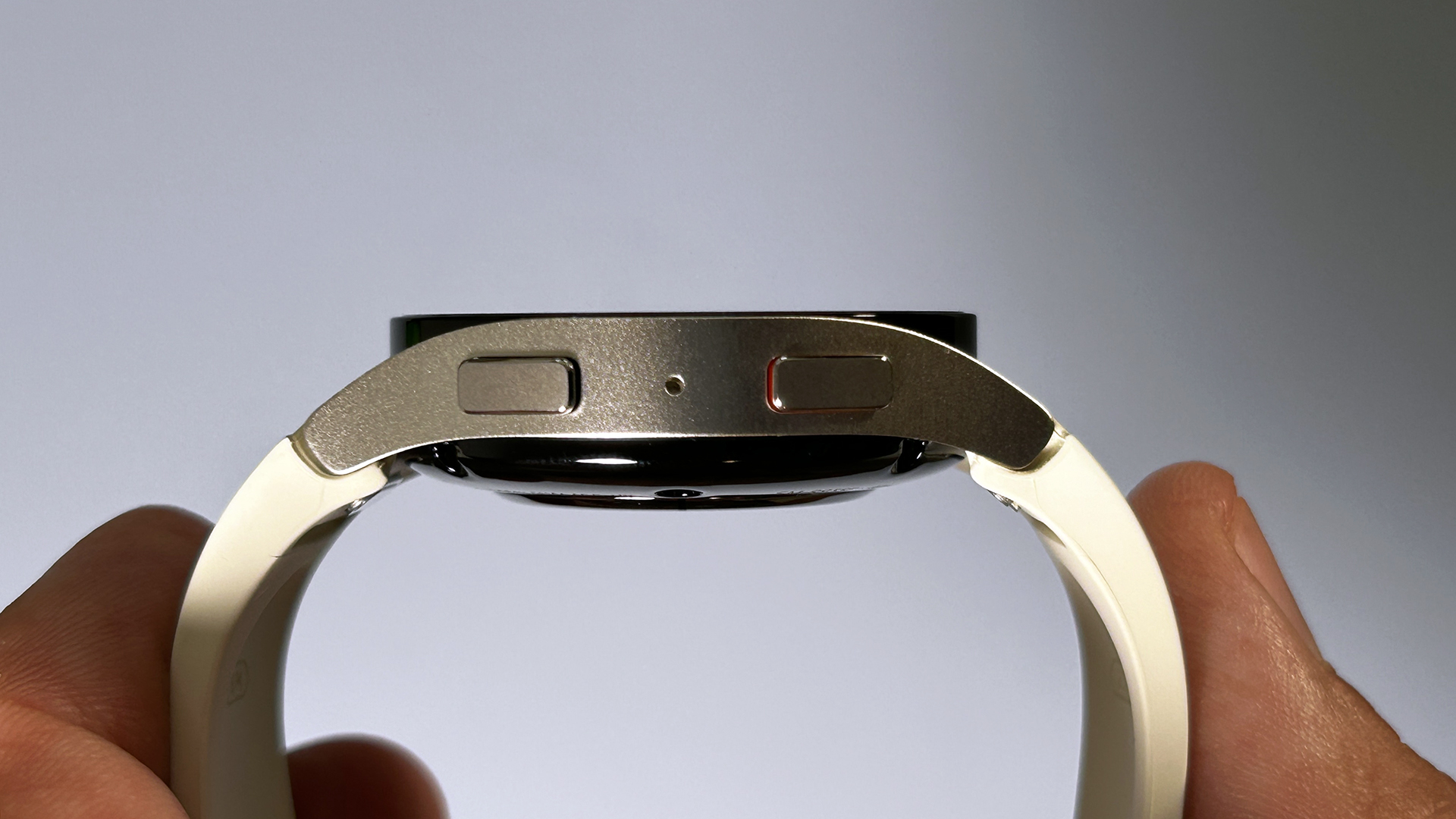
Two buttons sit on the right edge of the casing on the Galaxy Watch 7 and the Galaxy Watch 6, with a small coloured accent beneath the top button. Neither has the action button that you’ll find on the Galaxy Watch Ultra, so if you want extra controls, you may want to consider Samsung's more rugged offering.
The sensors, including the heart rate sensor, are on the underside of both the Galaxy Watch 7 and the Galaxy Watch 6. On the surface, this again looks the same between the Galaxy 7 and Galaxy 6 (we did say their designs were virtually identical), but despite the appearance, there is an upgraded sensor in the Galaxy Watch 7—more on that in a second.
Lastly on the design, we mentioned there were different strap options in both the Galaxy Watch 7 and the Galaxy Watch 6, but the changing mechanism remains the same with a quick press of the button underneath. The sport band for the Galaxy Watch 7 does have coloured material accents at the top, however, offering something a little extra on the Galaxy Watch 7 to draw the eye. The Galaxy Watch 7 also has a ridged strap for the sports strap, while the Watch 6 opts for smooth.
Winner: The Galaxy Watch 7 (by a fraction) for the slightly more interesting sports strap.
Features
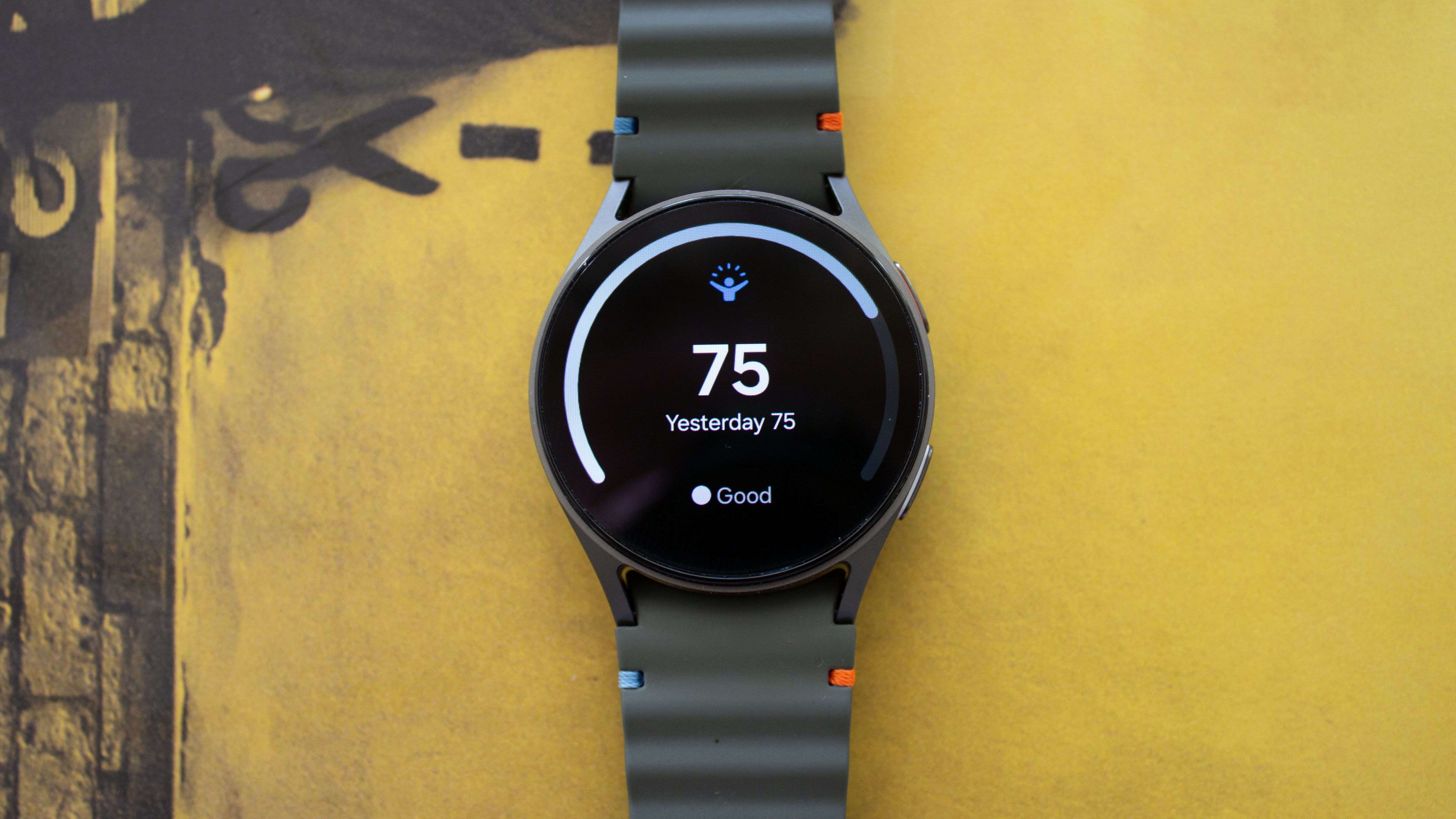
The design of the Samsung Galaxy Watch 7 and Galaxy Watch 6 might be virtually the same, save for a couple of minor tweaks, but there are some notable differences under the hood.
The Galaxy Watch 7 comes with an enhanced BioSensor, allowing for more accurate heart rate tracking and readings. This is noticeable in use, too, as the Watch responds quickly to changes in heart rate during HIIT workouts.
The Galaxy Watch 7 also runs on a new processor, the Exynos W1000 3nm chip, compared to the Exynos W930 5nm chipset in the Galaxy Watch 6. This allows for a more fluid experience in the latest model, with smooth and slick interactions with the interface. The Galaxy Watch 6 performs well on this front, too, but everything is a little faster on the Galaxy Watch 7.
Elsewhere on the hardware front, the Galaxy Watch 7 offers Dual-Band GPS (L1 and L5) for better accuracy when walking, running or hiking in areas with lots of woodland, and double the storage at 32GB compared to 16GB, so there are a couple of differences compared to the Galaxy Watch 6.
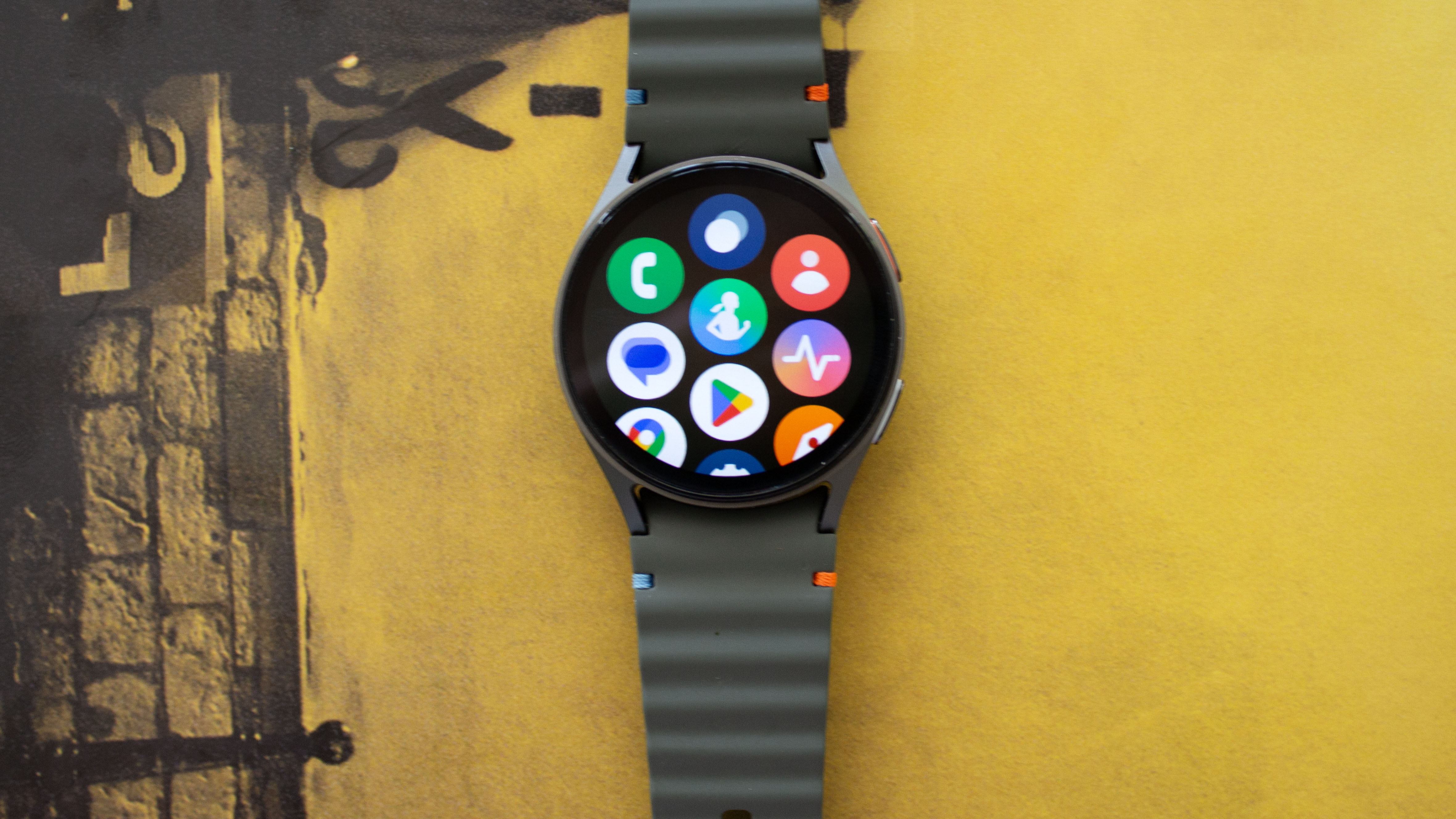
Many of the other features that the Galaxy Watch 7 offers however, will come to the Galaxy Watch 6 in a software update. One of the biggest new features – Energy Score, which pulls data from the last seven nights sleep, last day of activity, your average sleeping heart rate and your heart rate variability whilst sleeping to give you a score out of 100 in the morning – will come to last year's model, as well as the Galaxy Watch 5 models.
The Galaxy Watch 6 will also get personalised suggestions from Wellness Tips with Galaxy AI, tips for better sleep also using AI, and the ability to compare your current run or cycling performance to your previous efforts.
Elsewhere, the Suggested Replies with Galaxy AI where you receive text suggestions based on your conversations (you need a Samsung phone) will also come to the Galaxy Watch 6, as will the ability to control the camera on a connected Galaxy phone, answer a call and control music playback using a double pinch gesture.
Winner: Samsung Galaxy Watch 7, but for the hardware rather than the software.
Battery life
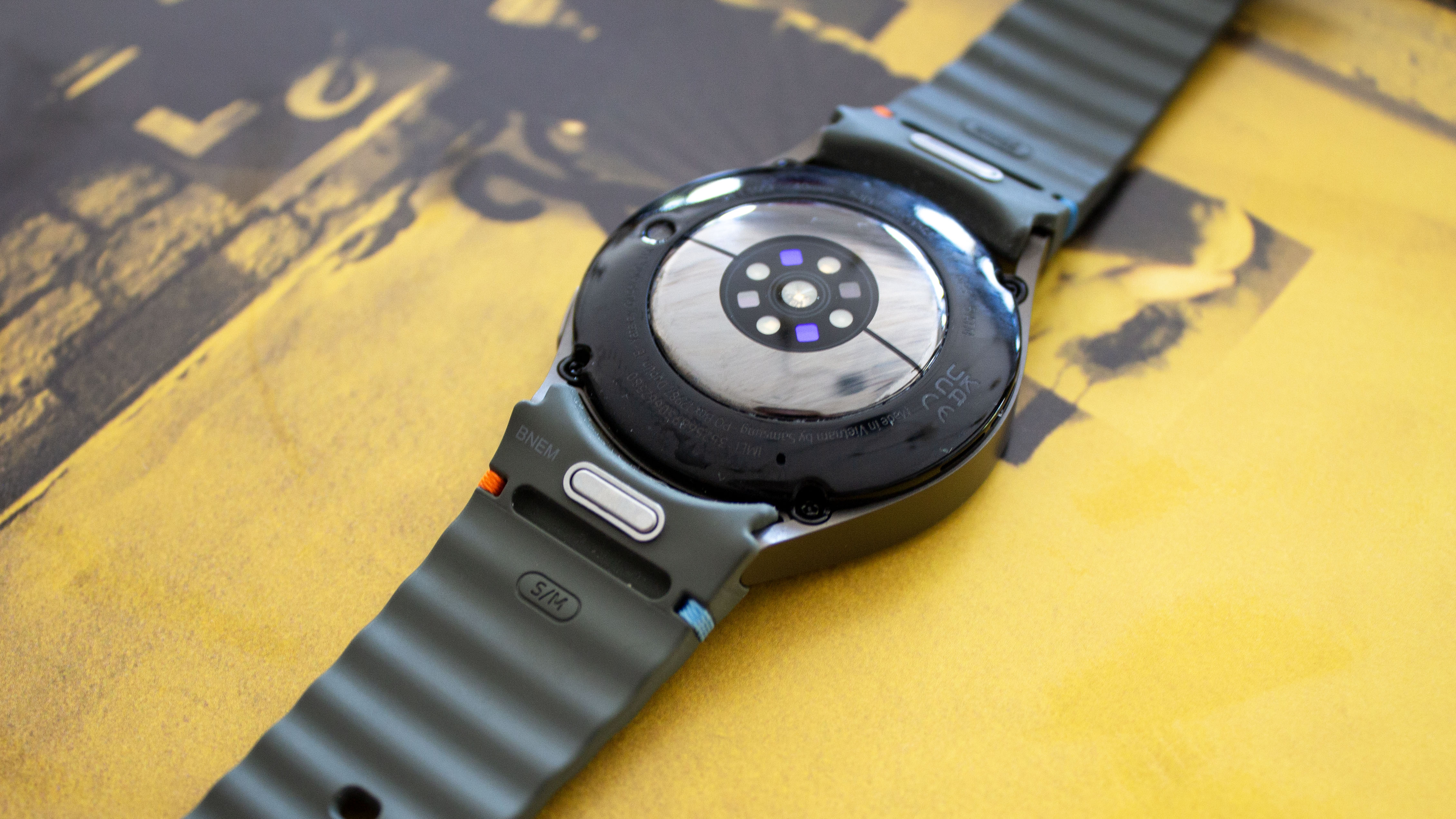
When it comes to battery life, the Samsung Galaxy Watch 7 and the Galaxy Watch 6 both have a 300mAh battery capacity in the 40mm model, and a 425mAh battery in the 44mm model. There is a slight increase in charging speed for the Galaxy Watch 7 models however, with up to 15W supported compared to 10W support on the Galaxy Watch 6 models.
Neither offers particularly brilliant battery life, with the 40mm model of the Galaxy Watch 7 only just making it through to the end of the day. Even faster charging would also be welcomed on future models of the Galaxy Watch, but for now, the Galaxy Watch 7 is as good as it gets.
Winner: Samsung Galaxy Watch 7 for the charging speed bump.
Verdict
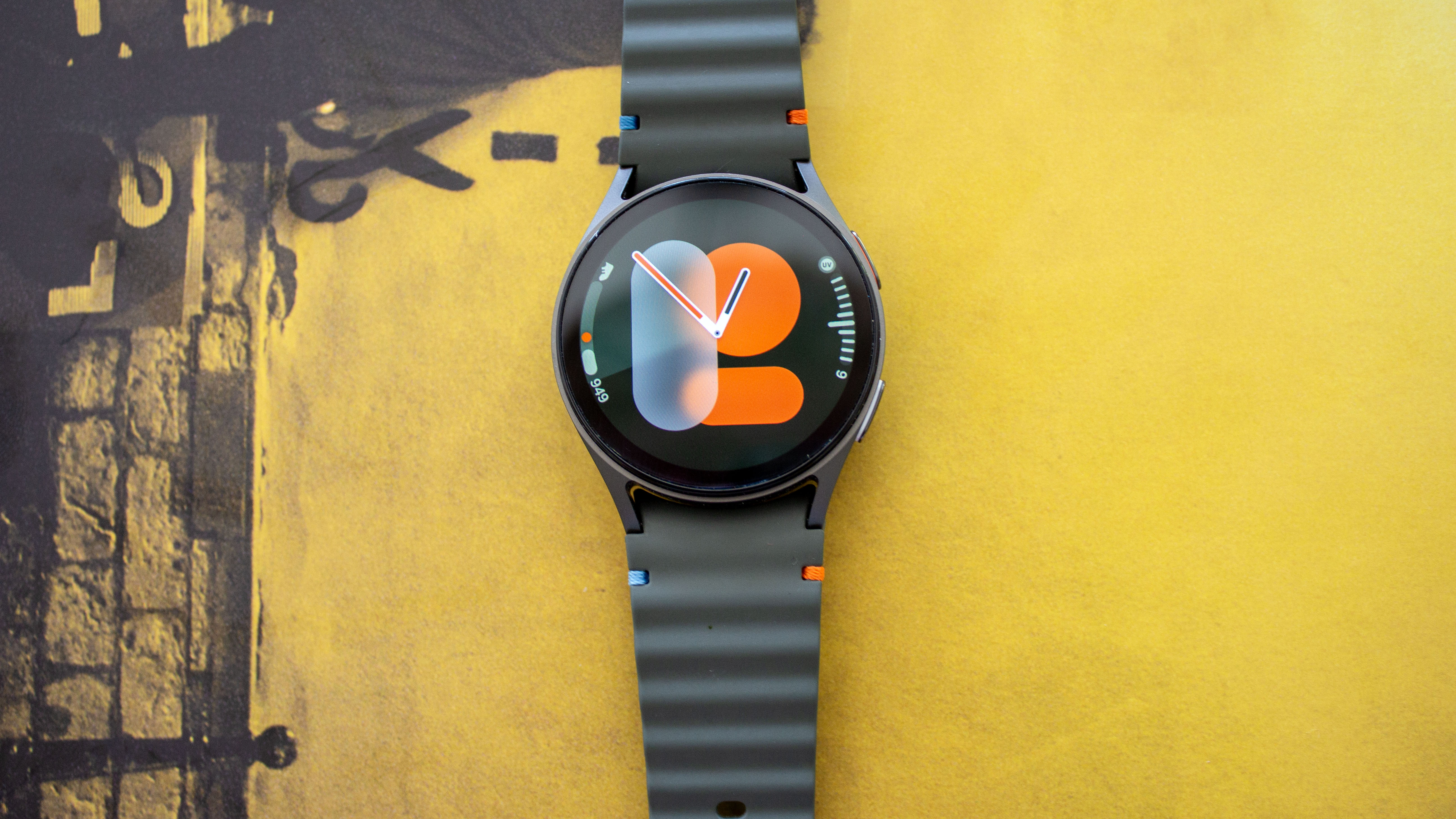
The Samsung Galaxy Watch 7 has a design almost identical to the Galaxy Watch 6. While the newer device is slightly larger and heavier than the Galaxy Watch 6, the differences are so minuscule that they're barely worth mentioning.
The Galaxy Watch 7's processor upgrade makes for a sleeker overall experience compared to the Galaxy Watch 6. However, the enhanced BioSensor improves heart rate tracking, and we will always take more accurate GPS.
The increased storage is also welcomed, as are the slightly faster charging speeds, all of which contribute to the Galaxy Watch 7 being the better smartwatch of these two.
If you have the Galaxy Watch 6, the reasons to upgrade are quite thin unless you particularly want more accurate heart rate data and GPS. This device will get most of the new and exciting software features, including Energy Score and Wellness Tips, so it's really about the smoother experience than the features.
If you're choosing between the Samsung Galaxy Watch 7 and the Galaxy Watch 6 however, pick the Galaxy Watch 7 as the hardware improvements do make a difference and they will future-proof your smartwatch.







